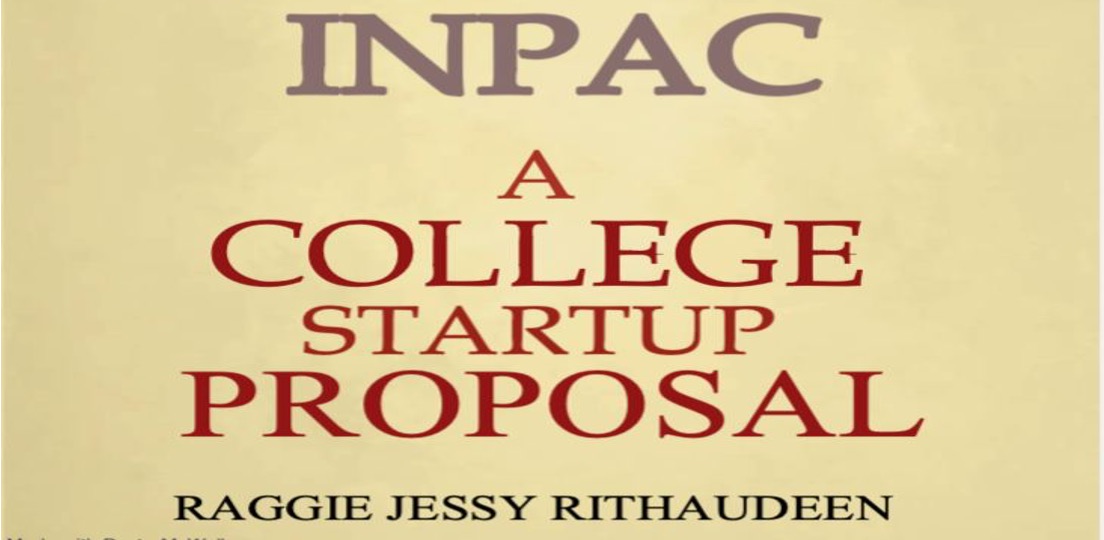
The following is the preface to my ebook titled “INPAC: College Startup Proposal,” which can be purchased by clicking the following link: PURCHASE “INPAC: COLLEGE STARTUP PROPOSAL” HERE
Raggie Jessy Rithaudeen
Institutions of higher learning have come a long way. Gone are the chalk-duster days where wooden lab tables and bunsen burners were the norm.
Today, you have better buildings, better facilities, faster computers and state of the art equipment, even advances in methods of teaching.
Instead of using chalk and dusters, lecturers are now relying on internet-assisted audiovisual tools to help students better grasp a subject matter.
But is this enough?
Colleges and universities need curriculums. Without curriculums, all you have is a group of buildings and facilities that serve no academic purpose.
But even if you have a curriculum, you need to stay in touch with times. If a curriculum churns out graduates that fail to meet employer expectations, the college or university suffers.
Over time, employers will ignore job applications from graduates linked to that college or university.
It follows, fine tuning curriculums to meet employer expectations is key to a successful institution of higher learning. The problem is, colleges and universities refuse to let anyone outside academia dictate on their curriculums.
As a point of interest, a curriculum is the totality of student experiences that occur in the educational process, and core to it is the body of knowledge deemed compulsory to graduate a student.
You cannot escape the core fundamentals when accrediting a subject, and well reputed institutions of higher learning and education authorities will have it no other way.
I agree with this.
However, I am also of the view that aspects of the curriculum can be reimagined to add value to the student’s experience.
Take the case of a Programable Logic Controller (PLC) for example. As a lecturer, I could stop at standard experiments designed to demonstrate how the PLC functions.
But I could also incorporate a training kit developed together with an industrial partner to demonstrate how the same PLC controls a production line.
So you see, I’m not talking about industries sticking their oars into the jurisdiction of academicians or the education authorities.
I’m talking about industries working together with colleges and universities through strategic partnerships that help add value to existing curriculums.
In the example above, the training kit complements an existing standard within the curriculum. The sole purpose is to help students connect the dots between concepts they learn in classrooms and real-life processes in the industries.
This is the core idea on which this proposal is founded. In a nutshell, I’m proposing the establishment of a private college that stays ahead of the curve through strategic industrial partnerships that benefit both lecturers and students.
The ideas presented are targeted at investors from Malaysia and abroad, and effort has been taken to include financial projections.
Notwithstanding, what is being presented is merely an idea, not a solution that can be implemented without further assessments or research.
By going through the proposal, the investor will get the general idea of the setup I have mind.
Proceeding this, the investor is at liberty to expand on the idea without the need to involve me. I am not claiming any rights to the idea per se, but am claiming rights to the writeup being presented.
That said, much of what is presented is the culmination of years of discussions with entrepreneurs, industrial personnel and academicians, including a Canadian director of a college I once served in as a senior lecturer and consultant, an Australian entrepreneur spearheading a branch of research in photonics, and a former programme chairman of a very distinguished Institution of higher learning in Malaysia.



